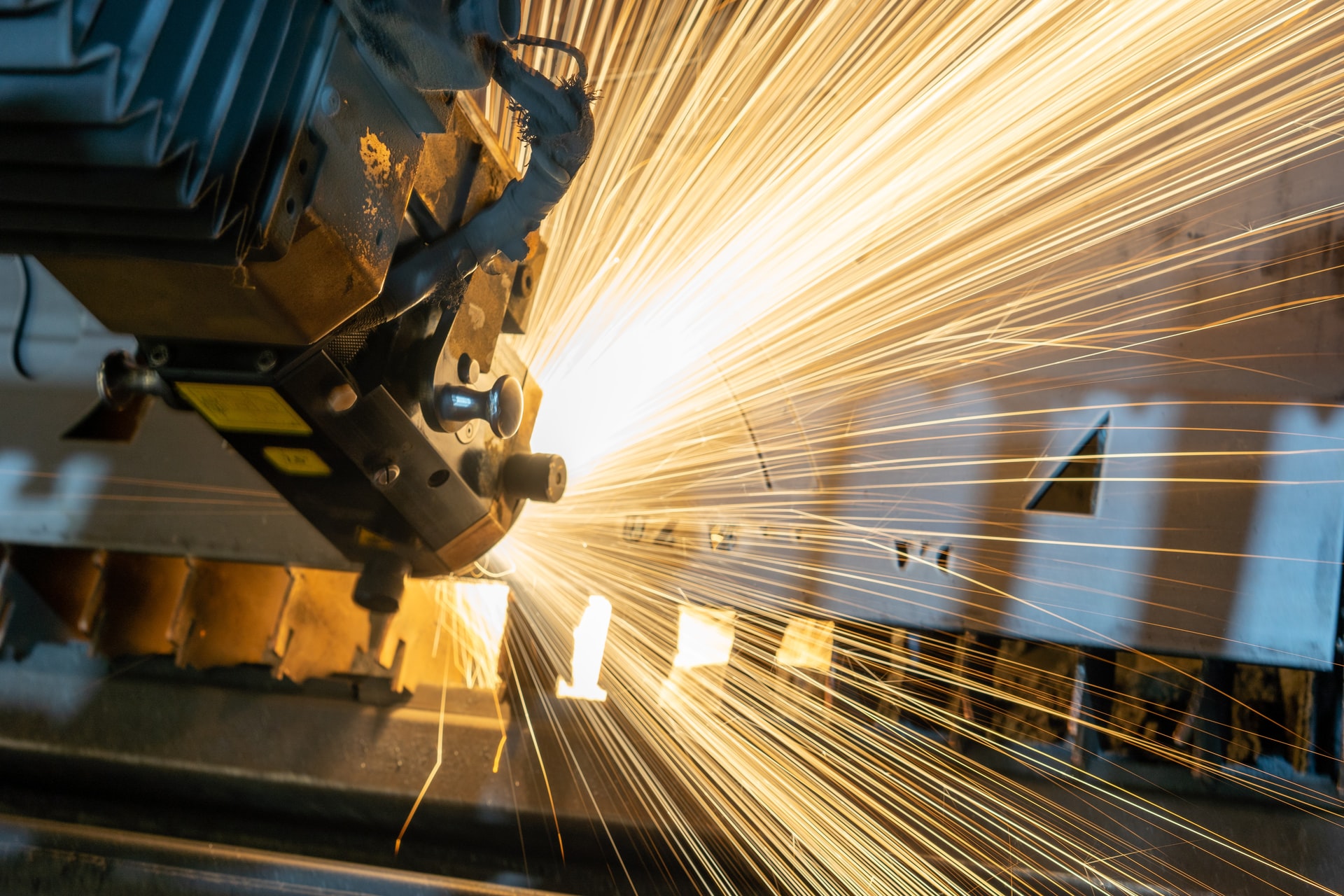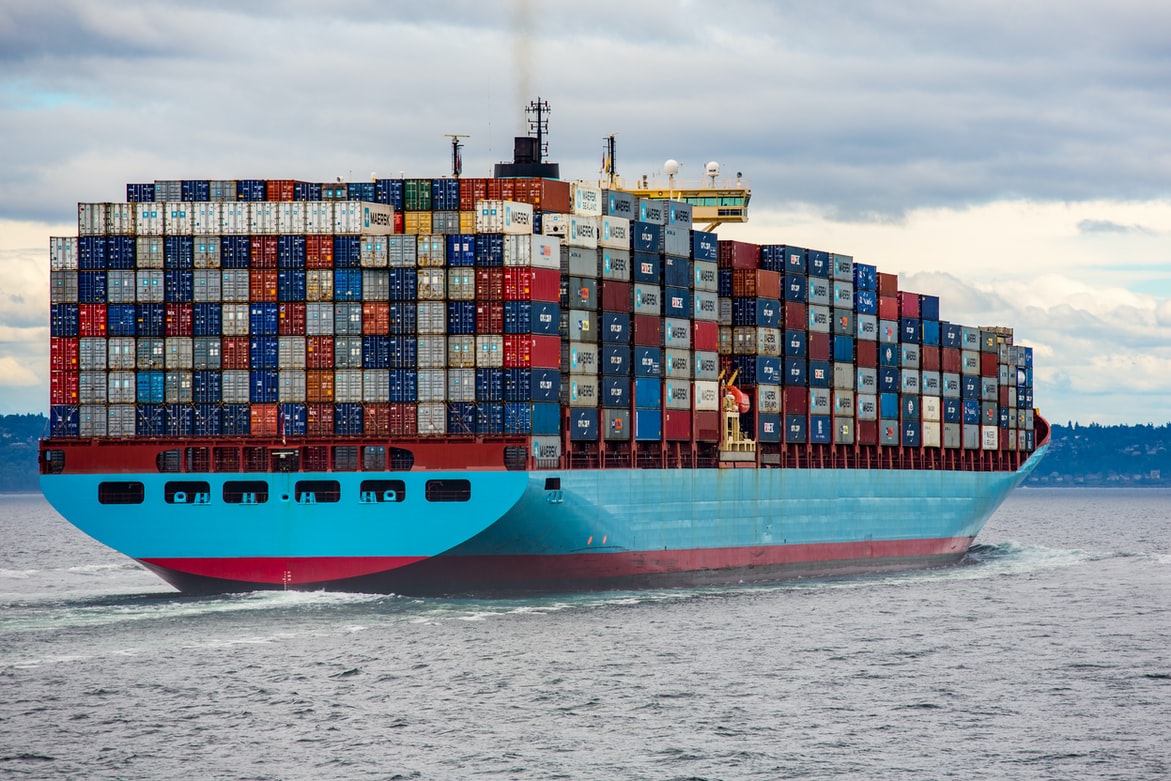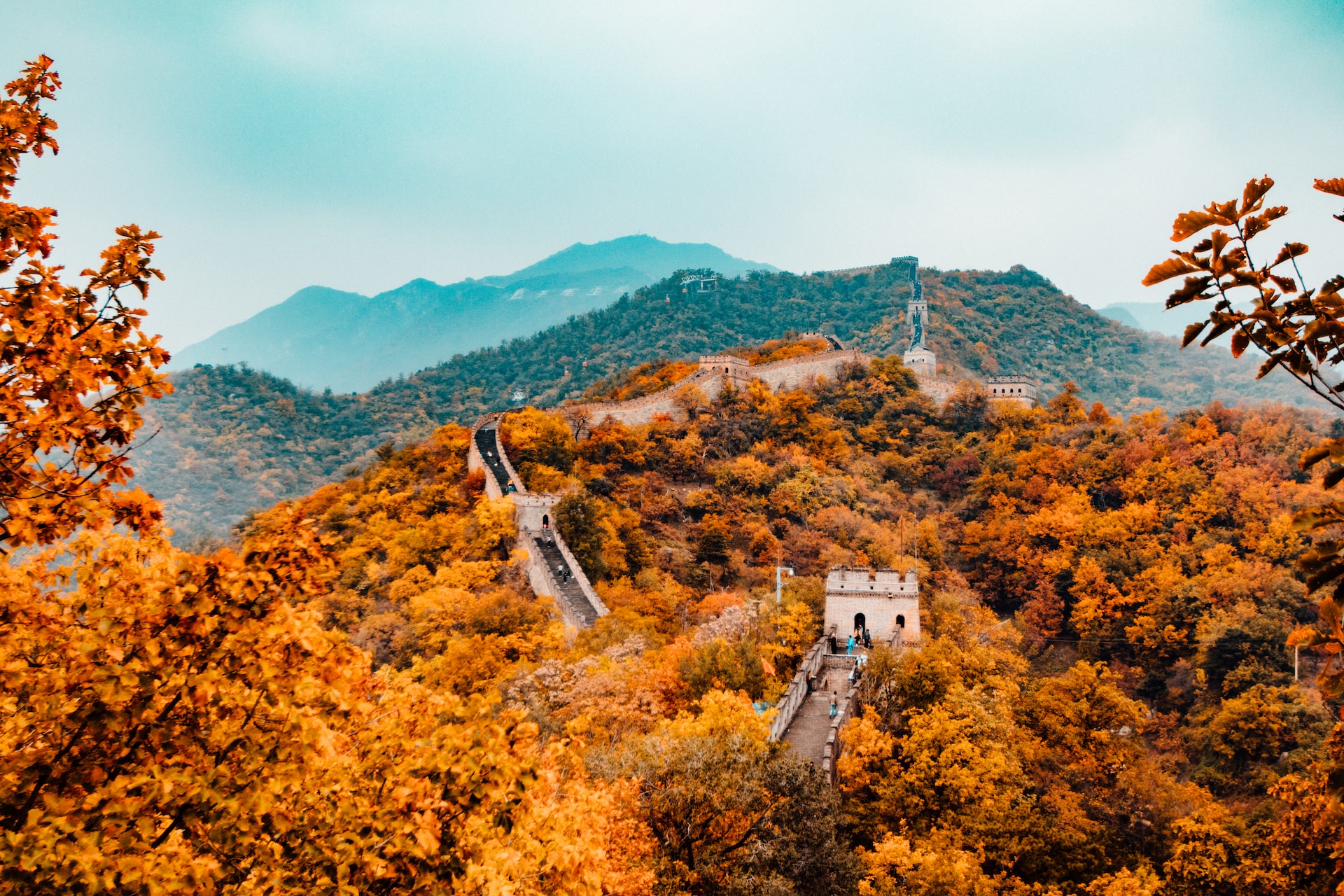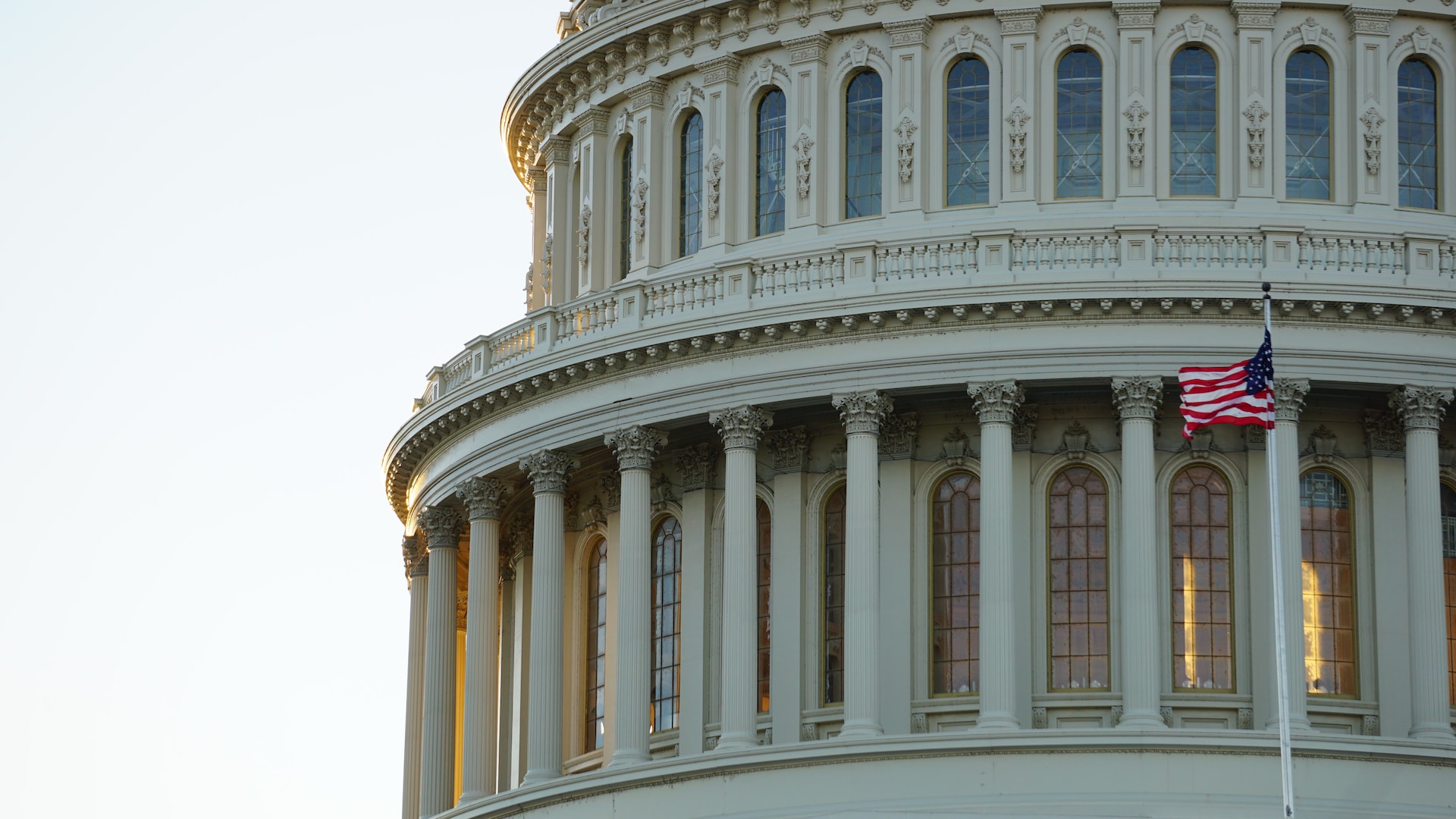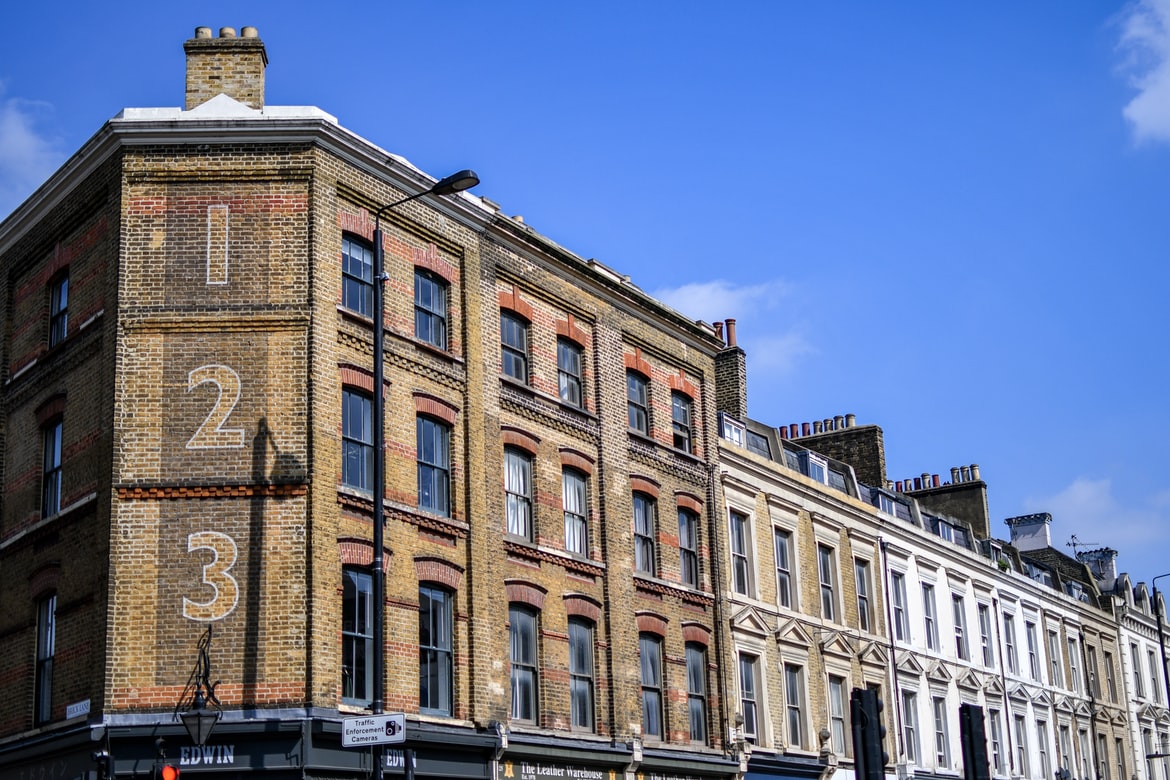
Zone prone: Buying a home where fire is not your friend
___
Published Date 7/19/2024
Sunny and dry. That is what many relocating to the wild, wild West delight in when considering buying a home in the Sun Belt or anywhere else where there is nary a drop of rain between April and October. You can plan outings and backyard parties on any weekend during that time, because you can count on great weather.
But a good chunk of these sun belt states are also fire zones as a result of so little rain — especially since climate change began delivering on its promises. Realtor’s Larissa Runkle says the hot, dry, and combustible weather this summer is helping to fan the destructive flames of approximately 21 wildfires currently ravaging California.
So if none of that deters you from buying a home in these sunny locales, how can you prepare yourself with the right questions and knowledge to choose a home in one of them? For example, if you’ve never lived in a wildfire zone and suddenly own a home in one, you might want to learn what best safety practices look like as described by Runkle, since the Colorado resident is smack in the middle of one and knew little about it at first.
“We’re talking guidelines that far exceed just having a go-bag ready, as specific aspects of your property itself will dictate your safety during a nearby wildfire,” she says. “Since it’s taken me the last four years of homeownership to learn all these things, I’m sharing five things I wish I’d known before buying a home in a wildfire zone.
One of the questions Runkle wishes she’d known to ask before buying in a wildfire zone is about evacuation routes. “The mountain road I live on only has one way out—meaning if a fire ever blocked it, we’d be hiking out. I didn’t fully understand this until the threat of a fire was looming nearby.”
She admits that apart from the simple fact that not everyone can physically walk down a mountain during a fire, there’s also the question of how emergency responders would even reach her home if that one road became blocked.
And then there are the routes themselves, which may not be able to handle a sudden influx of traffic during an evacuation. Her takeaway? It never hurts to spend a bit of extra time driving around a potential neighborhood and making sure there are adequate ways to get in and out if one path becomes impassable.
Is there water nearby? “If you’ve ever seen a helicopter fight a wildfire, you know they tend to carry one of two things: water or fire retardant,” says Runkle. “One thing that didn’t occur to me—until I was watching a fire being fought across the valley from my home—is that the farther away the water source, the harder the fight becomes.” Luckily her home has large lakes and ponds just a mile away. But she now knows how differently things could have turned out during the fires she has seen, she realizes how much more disastrous things could be if there had been no nearby water.
Her advice? When buying a home in wildfire-risk areas, start by researching the local fire history, fire maps, and hazard zones to understand wildfire patterns, and verify the availability of a reliable water source for firefighting, such as a well, pond, or even a pool.
Homeowners insurance? It’s a crap shoot. If the house you’re considering is in a wildfire zone, you might have difficulty finding a company that will cover it. And if they do, be prepared to add a chunk into your monthly budget. Start your research early, find out what coverage your neighbors secured, and be prepared for potential limitations and higher costs.
Roofing material counts big time in fire hazard areas. The roof is highly susceptible to embers during a wildfire, and non-combustible roof materials can prevent the spread of fire to the house’s interior. Runkle has a metal roof on her home — considered one of the best materials due to its exceptional longevity (sometimes up to 70 years). Other roof materials that can take the heat are concrete tiles, slate, fiber-cement composite, and asphalt shingles with fire ratings.
Fire safety features that require some due diligence on your part include a sprinkler system or something similar, ember-resistant vents, and fire-resistant exterior siding. “Not all homes will have these things, but the ones that do will provide some peace of mind if you find yourself evacuating and wondering what will be left when you return home,” says Runkle.
All information furnished has been forwarded to you and is provided by thetbwsgroup only for informational purposes. Forecasting shall be considered as events which may be expected but not guaranteed. Neither the forwarding party and/or company nor thetbwsgroup assume any responsibility to any person who relies on information or forecasting contained in this report and disclaims all liability in respect to decisions or actions, or lack thereof based on any or all of the contents of this report.


Millenium Home Mortgage
Manager
NMLS: 51519
Millenium Home Mortgage LLC
1719 Route 10 East, Suite 206, Parsippany NJ
Company NMLS: 51519
Office: 973-402-9112
Email: connie@mhmlender.com
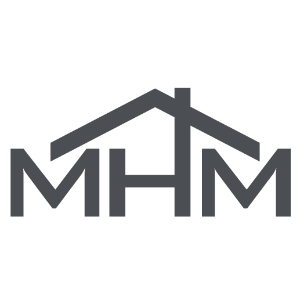
Millenium Home Mortgage
___
Manager
NMLS: 51519
Last articles
___

Three things that could impact rates this week
11/12/2024
These are the three areas that have the greatest ability to impact rates this we... view more

The chicken or the egg? Buy or build?
11/8/2024
The decision to buy or build a home has become increasingly complex in today's m... view more

Balancing deductible and premium: Always a crap shoot
11/5/2024
Insurance is simply termed as the mitigation of risk. True, you pay, and pay, an... view more
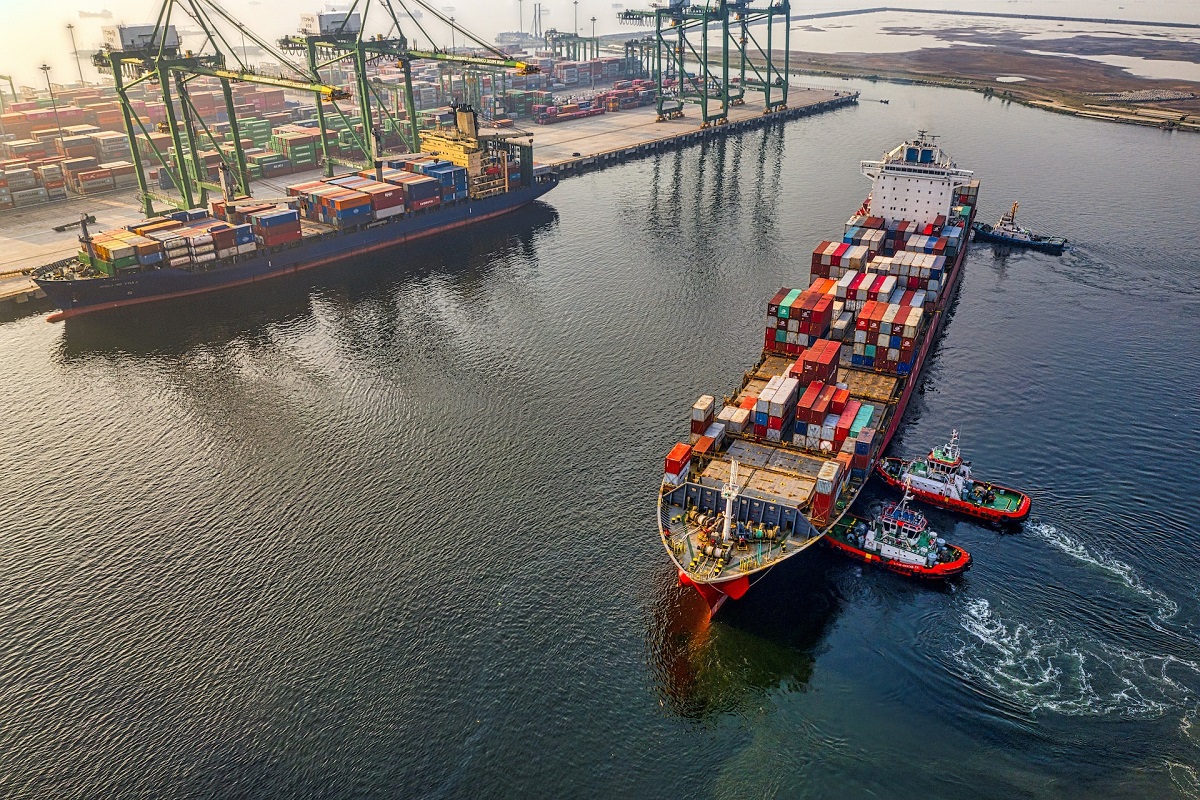
The reported US trade deficit for September was higher than expected
11/5/2024
The September Goods and Services Trade Balance was $-84.4B versus estimates of.... view more

Housing Market Shift: Listings Soar to Pre-Pandemic Levels
11/4/2024
Even if home prices have not fallen, it might be good to know that you’ve got mo... view more

Markets prepare for an extremely volatile week
11/4/2024
A nice improvement this morning, the 10 year note began down 11 bps from Friday,... view more

Doctor's kitchen warning soaks up controversy
11/1/2024
A medical professional's viral warning about a common kitchen item has sparked h... view more

Kitchen remodels: What your money really buys
10/29/2024
Want to renovate your kitchen? Be prepared for some eye-popping numbers. Accordi... view more

Consumer Confidence reports an unexpected boost
10/29/2024
The Conference Board's October Consumer Confidence report shocked to the upside,... view more

Someone’s here: Homeowners who live with poltergeists
10/28/2024
When northern California homeowner...... view more
Load more
 Millenium Home Mortgage LLC
Millenium Home Mortgage LLC


